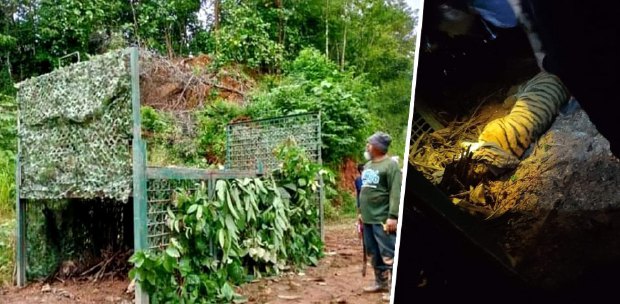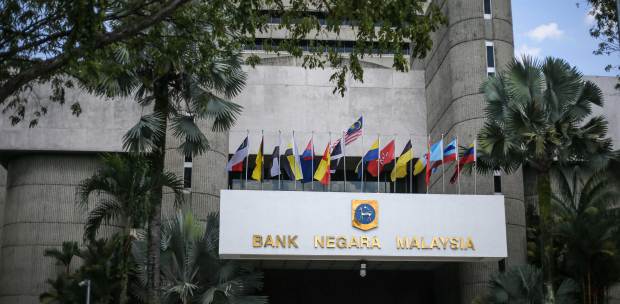A short breakfast trip turns out to be an eye-opening experience for Alan Teh Leam Seng as Tanjong Pagar brims with potential while keeping a firm grip on its vibrant past.
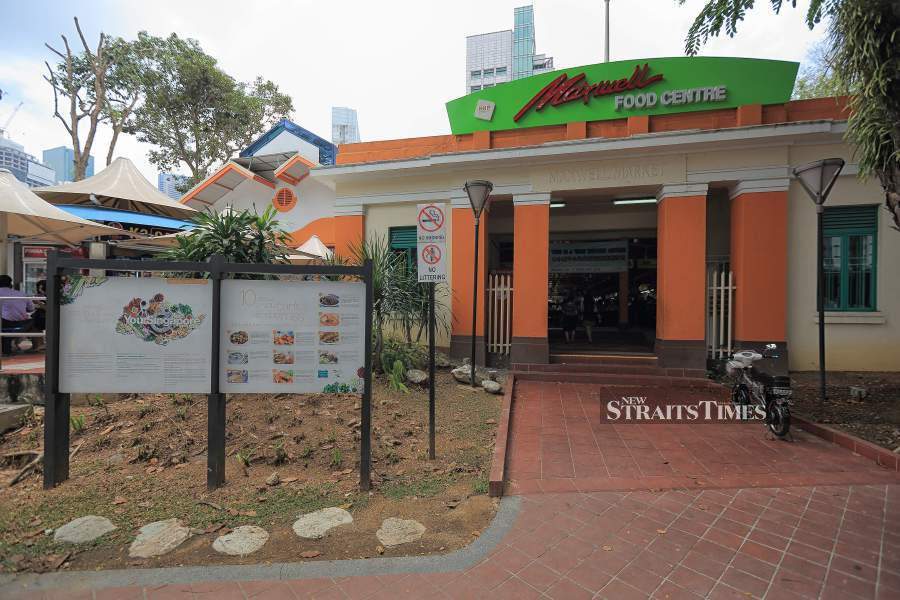
DAWN has just broken as I exit the Tanjong Pagar MRT station. I make quick work of the spacious pedestrian walkways and strategically placed zebra crossings to reach the Maxwell Food Centre within minutes.
While tucking into a delicious plate of lontong from the Traditional Family Cuisine stall, my eyes scan the striking interior of this single-storey building located at the junction of Maxwell Road and South Bridge Road.
First opened as a market in 1928, this place was repurposed into a food centre in 1987, serving cheap and delicious fare as well as traditional dishes that were rarely found elsewhere.
Fourteen years later, it went through an eight-month long revamp and since then, food quality and diversity continued to grow in tandem with Maxwell Food Centre's popularity.
Coming out tops in the 2014, 2015 and 2016 City Hawker Food Hunt editions, the food centre is now home to proprietors who are second- and third-generation owners after inheriting their parents' businesses and traditional recipes.
Impressed with Maxwell Food Centre's successful urban regeneration, I scoop the last bits of compressed rice cake soaked in savoury coconut milk infused broth and wash them down with hearty gulps of sweetened teh tarik.
I then retrace my steps to the Singapore City Gallery to learn more about the city state's dramatic transformation into one of the most liveable cities in Asia.
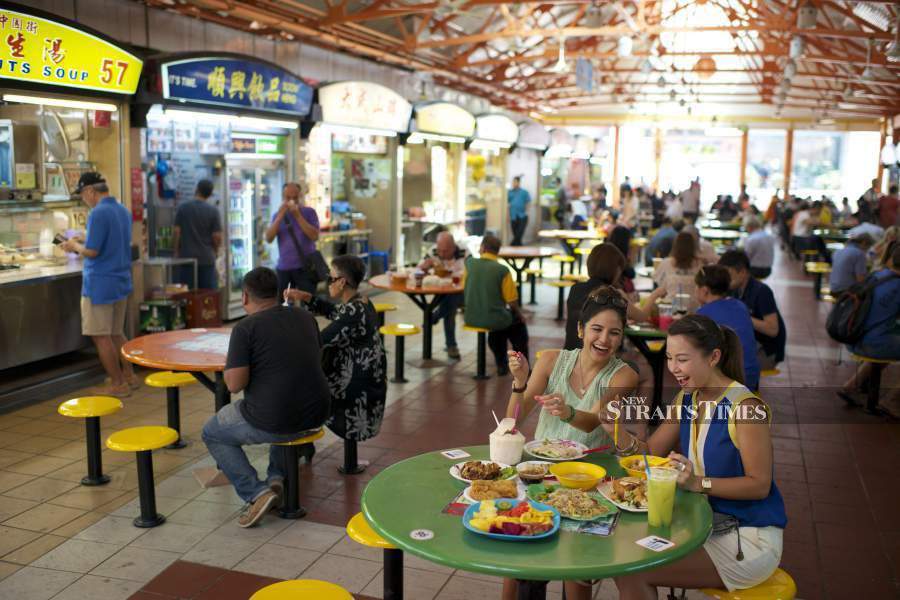
THE CITY GALLERY
Located within the sprawling Urban Development Authority Centre, this free museum features interactive displays and guided tours that highlight key development projects spread over five galleries.
Together with absorbing educational games and eye-catching detailed models, valuable map collections offer visitors a glimpse into Singapore's rapid evolution over the past century.
Among the highlights is the immersive How Our City Works show which features an interactive LED floor and touch-sensitive walls.
Through limb movements, visitors get insights into seldom seen inner workings of energy, transport, waste and water management systems and witness how they keep Singapore running like clockwork.
The museum is open daily from 9am to 5pm, and closed on Sundays and public holidays. Complimentary guided tours through the main galleries take place every Tuesday and Thursday at 11am and 12.30pm.
Also conducted each month on the second and fourth Saturdays, experienced volunteers bring visitors on an interactive hour-long odyssey to see Singapore transform from a fishing village to the bustling metropolitan we know today.
Development still progresses so fast that intricate display models must be updated twice yearly to keep up with the constantly changing urban landscape.
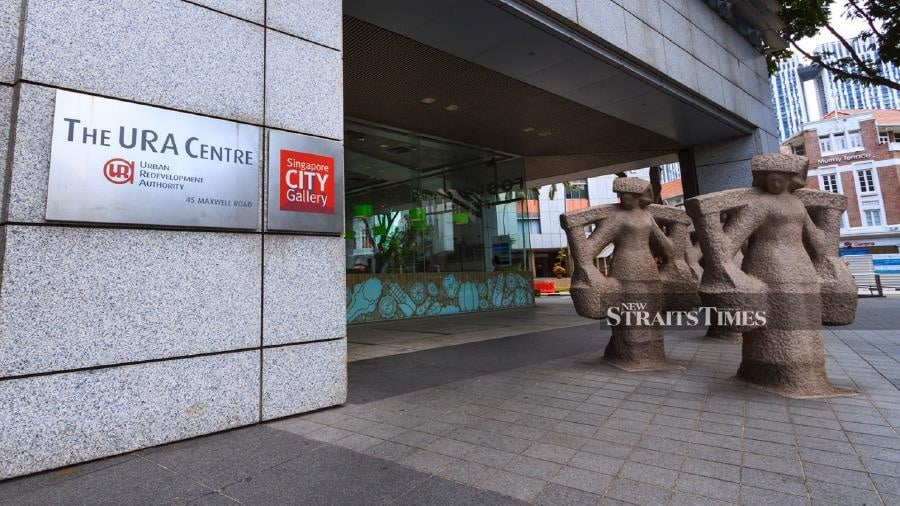
THE SWORDFISH LEGEND
Inspired, I head back out to the streets with steeled resolve to put the recently acquired knowledge to good use by exploring the surrounding Tanjong Pagar district.
Meaning cape of stakes in Malay, Tanjong Pagar traces its humble beginnings to wooden fishing traps set up by the local fishing communities along the coast.
At the same time, a local legend inspired by the Sejarah Melayu provides a more romantic account of Tajong Pagar's origins.
It tells of a young boy who ingeniously installed a barricade of banana trunks to trap schools of swordfish that often leapt out of the water to attack the locals viciously.
Home to chic restaurants and cafes in tastefully refurbished pre-war shophouses, this former sleepy fishing village has seen phenomenal transformation to become a vibrant commercial centre.
Drawing on models and submissions seen earlier at the Singapore City Gallery, plans are afoot to further develop this dynamic dining and entertainment hub into a business and residential zone thrice the size of Marina Bay under the Greater Southern Waterfront project slated to begin in 2030.
Based on the Urban Redevelopment Authority preliminary conceptualised plans, future development in the vicinity includes an uninterrupted 30km stretch of waterfront promenade connecting Labrador Park to Gardens by the Bay in Marina South as well as new residential and commercial districts with sufficient public spaces for people to eat, live and play.
Despite focussing on the future, planners have mindfully reserved ample jurisdiction to preserve remnants of Tanjong Pagar's past by safeguarding its many historic buildings that have, at some point in history, contributed to its progress.
Although its fishing villages and orchards have long been replaced by luxurious high-rise residential apartments, condominium names like Pinnacle@Duxton and Spottiswoode Park still conjure images of flourishing Orang Laut settlements, Chinese villages and European plantations found here in the 19th century.
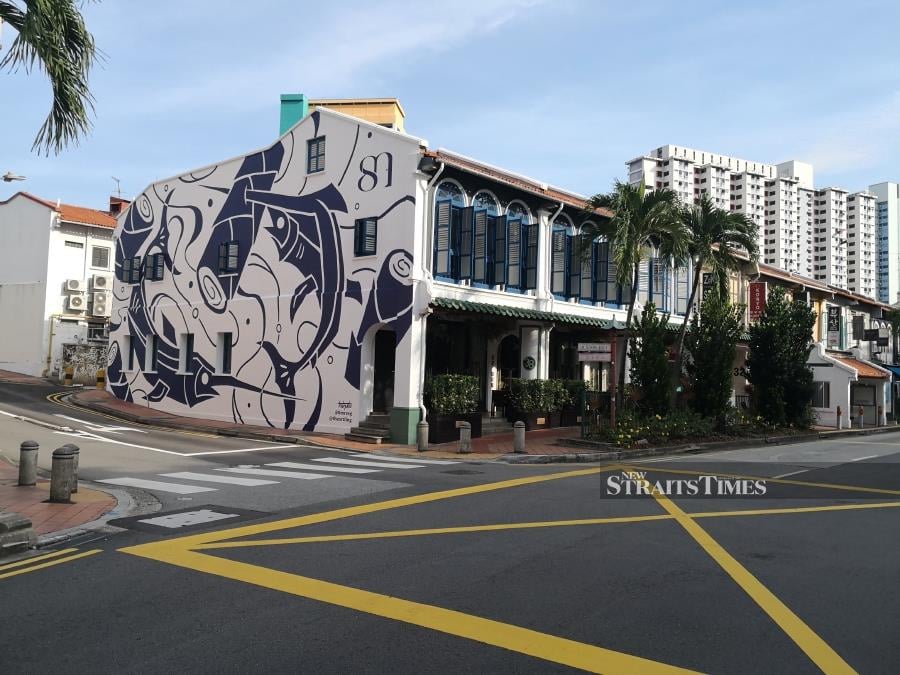
FOR THE FUTURE
Masjid Haji Muhammad Salleh and Keramat Habib Noh on Mount Palmer, which comes into view after walking past the Monetary Authority of Singapore building at the junction of Prince Edward Road and Shenton Way, are well-preserved early Muslim places of worship that have been attracting pilgrims and visitors until this very day.
During the walk down, sight of a large construction yard in the vicinity brings to mind that the nearby Fook Tet Soo Khek Temple together with Masjid Haji Muhammad Salleh and Keramat Habib Noh will not be affected by the upcoming Prince Edward Mass Rapid Transit (MRT) Station and Shenton Way Bus Terminal developments.
While retracing the route back, sight of the iconic Jinrikisha Station at the junction of Neil Road and Tanjong Pagar Road brings to mind the humble beginnings of Singapore's world class transportation system.
Built at the dawn of the 20th century, this ornate building marked the crucial role played by Tanjong Pagar as a major transportation node.
Back then it was the main depot for rickshaws which were first brought in from Japan to Singapore in 1880.
These small lightweight human-powered carts with large wheels quickly replaced horse-drawn carriages as the primary mode of transportation for the masses due to their affordability.
After World War II, the rickshaw gave way to trishaws due to criticisms from various segments of society who viewed the former as an insult to human dignity and infringed upon human rights.
Losing its relevance, the strategically located building was subsequently used as a family-planning clinic as well as a maternal and childcare centre.
While enjoying the seamless MRT ride back to Carlton Hotel at Bras Basah Road, my heart is light with thoughts of ongoing efforts by the Urban Redevelopment Authority to preserve key landmarks with significant architectural heritage.
Preservation of these stately buildings not only adds character to a place but also serves as reminders of the sacrifices made by early pioneers who set the very foundations for the continued progress which we enjoy today.
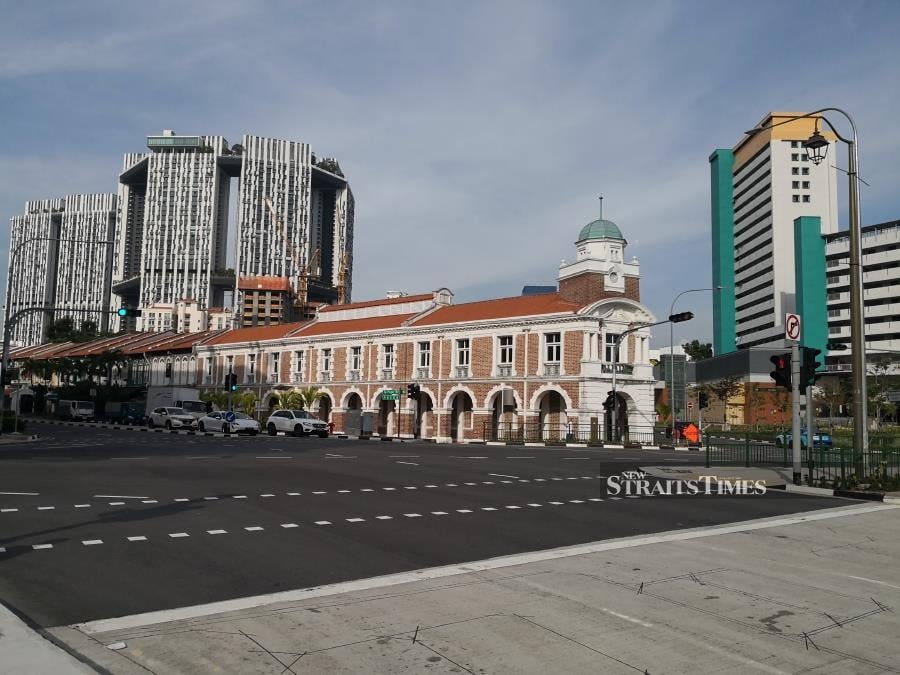
Visit Singapore's historic places, book a night's stay nearby with Booking.com Promo Code.



